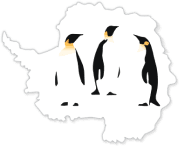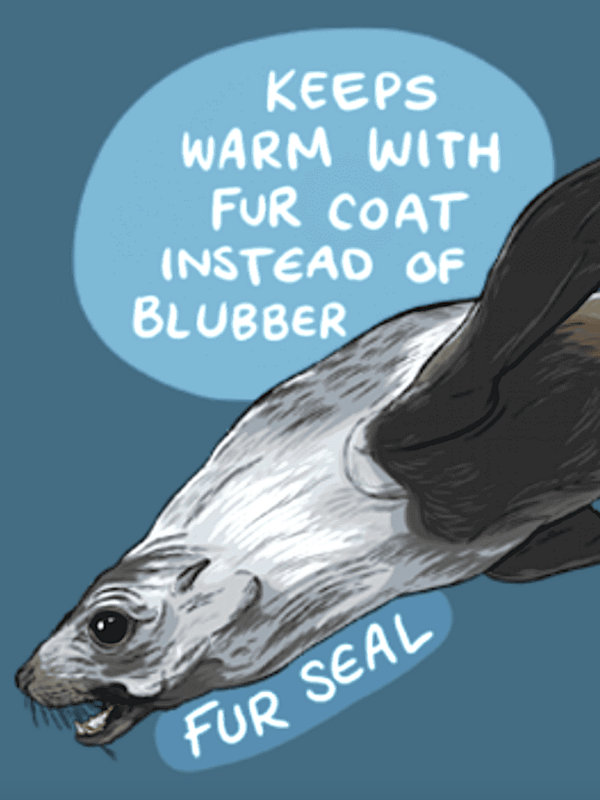ANTARCTIC SEALS
Meet the Antarctic seals
There are six species of seals living in and around Antarctica. Click on the links below to discover the unique characteristics of each seal species, from breeding to feeding.
Download our Antarctic Seals Infographic.
ANTARCTIC SEALS
Protecting Antarctica’s seals
In the past several species of Antarctic seal were hunted to near-extinction. Today all Antarctic seals receive vital protection under several international agreements.

Convention for the Conservation of Antarctic Seals (CCAS)
The Convention for the Conservation of Antarctic Seals (CCAS) was established to address the impacts of commercial seal hunting. It allowed for the ‘protection, scientific study and rational use of Antarctic seals’, with the aim of maintaining ‘a satisfactory balance within the ecological system’.

Protocol on Environmental Protection to the Antarctic Treaty
The Protocol on Environmental Protection to the Antarctic Treaty was agreed in 1991 and came into force in 1998. Also known as the Madrid Protocol or simply the Protocol, this document is responsible for securing Antarctica’s status as the greatest shared, protected wilderness on our planet.

The Convention on the Conservation of Antarctic Marine Living Resources (CCAMLR)
Adopted in 1980, CCAMLR is an international commission responsible for the conservation of living marine resources in the Southern Ocean.

Marine protected areas
Marine protected areas (MPAs) are scientifically proven to be the most effective way to limit damage caused by human activities and support vibrant and healthy ocean ecosystems.
ANTARCTIC SEALS
Challenges facing Antarctic seals
Despite the protections already in place, seals remain vulnerable to human activity in the Antarctic. Follow the links below to learn about some of the challenges facing seals today.

Ghost fishing gear
Abandoned, lost or discarded fishing gear (ALDFG), otherwise known as ‘Ghost Gear’, poses a threat to marine mammals globally.

Microplastic pollution
Microplastics are pieces of plastic with a diameter of five millimeters or less. They have been detected in Antarctic sea ice, snow, surface waters, sediments, and the stomachs and feces of some seabirds and Antarctic fur seals.

Climate crisis
The climate crisis is causing rapid changes in some areas of Antarctica, including warming ocean temperatures and declining sea ice, which could have grave impacts on seal populations.

Underwater noise
Sound is an essential sense for seals. They use sound to communicate with one another, avoid predators and defend their territory. Some Antarctic seals may use vocalizations as a kind of biological sonar to help them navigate.

ANTARCTIC SEALS
You can help
ASOC has been working to protect Antarctic seals for over 40 years.
Join us today as we continue to lead the international conservation community in this important work.
Now that you’ve learned about Antarctic seals, read on to learn more about extraordinary Antarctica.
 ASOC
ASOC















